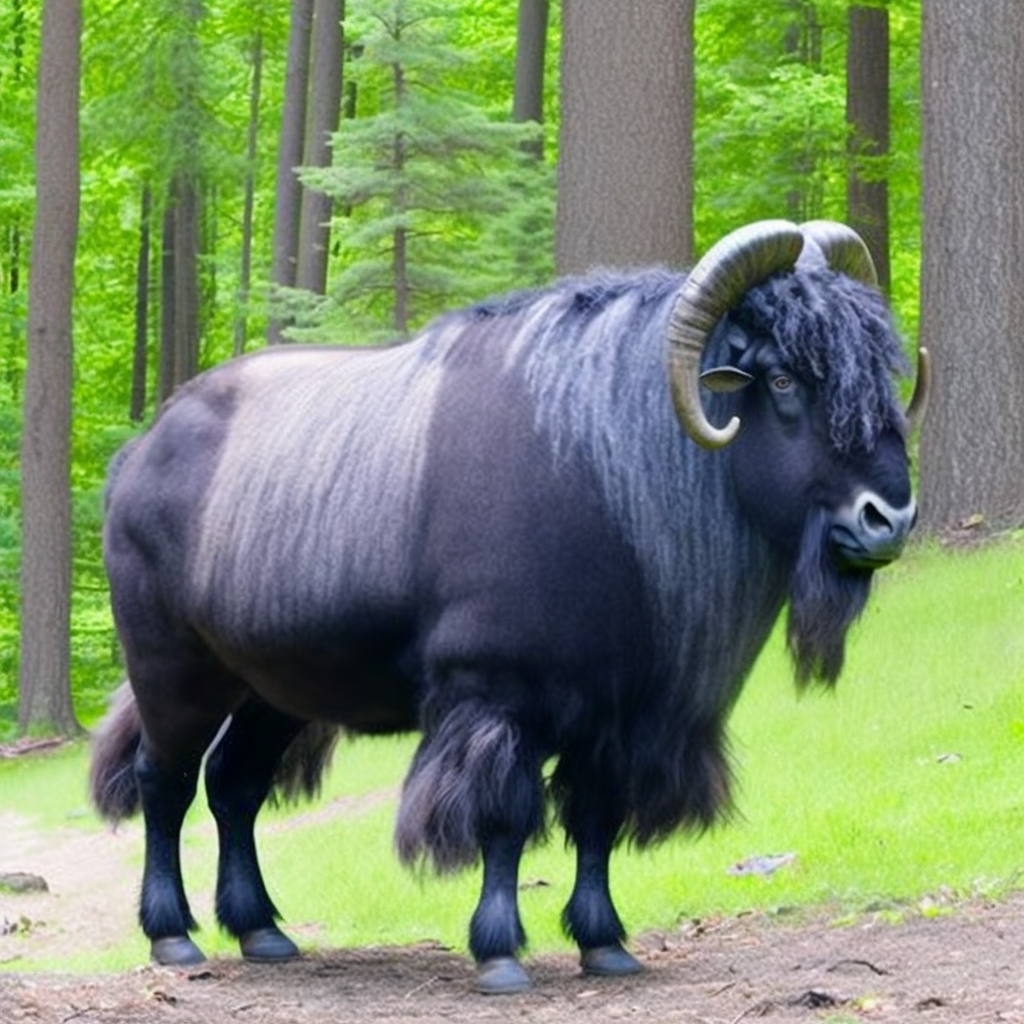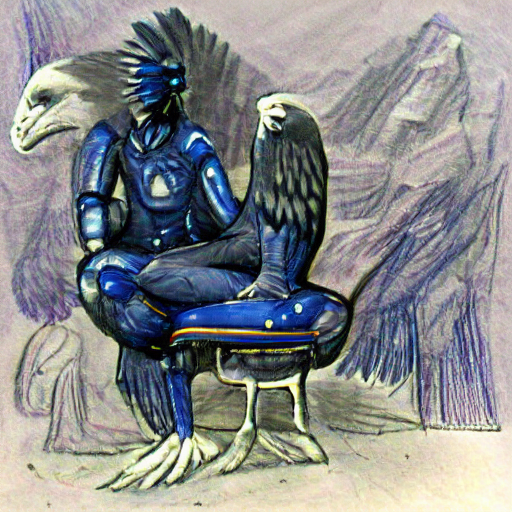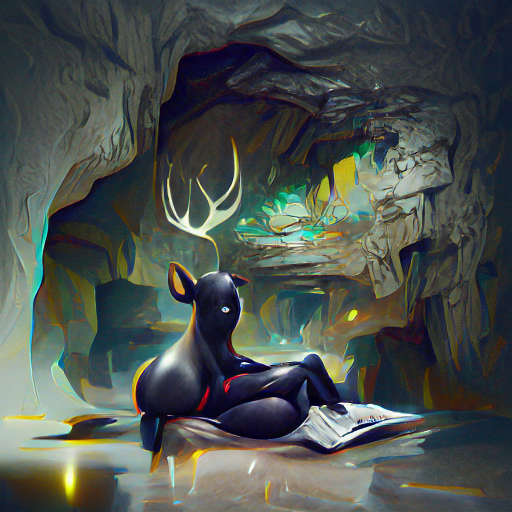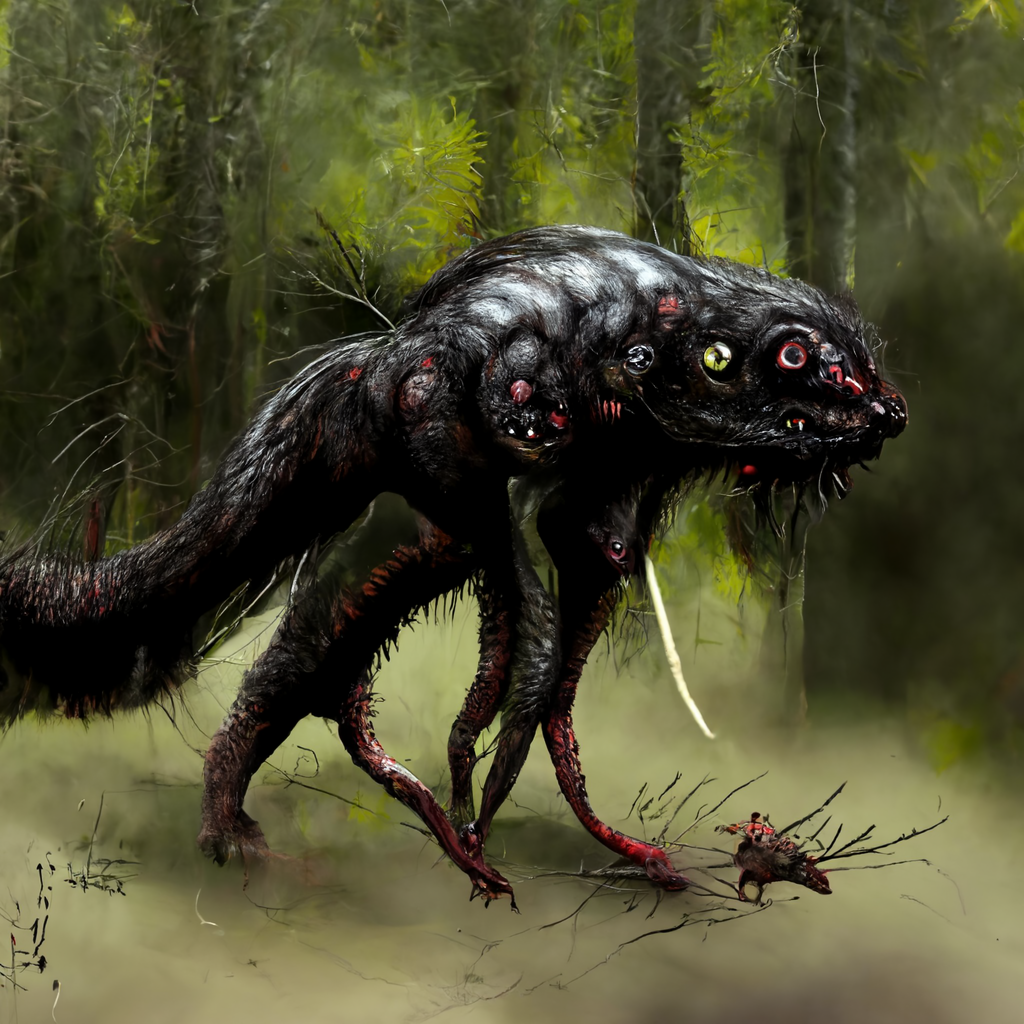

The gremalf can be found in large herds in forests, hills, and mountains. Gremalves are large, cloven-hoofed animals that are kept by many farmers for their rich, orange milk. A gremalf herd is usually led by a single dominant female known as the "queen." The queen will determine where the herd feeds and will attack and kill any other gremalves who try to assume her position.
Explore an endless universe of ficticious life on NovelGens.





